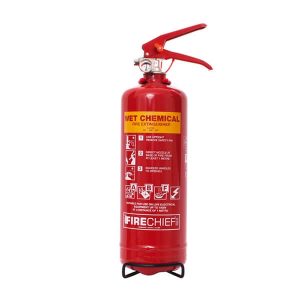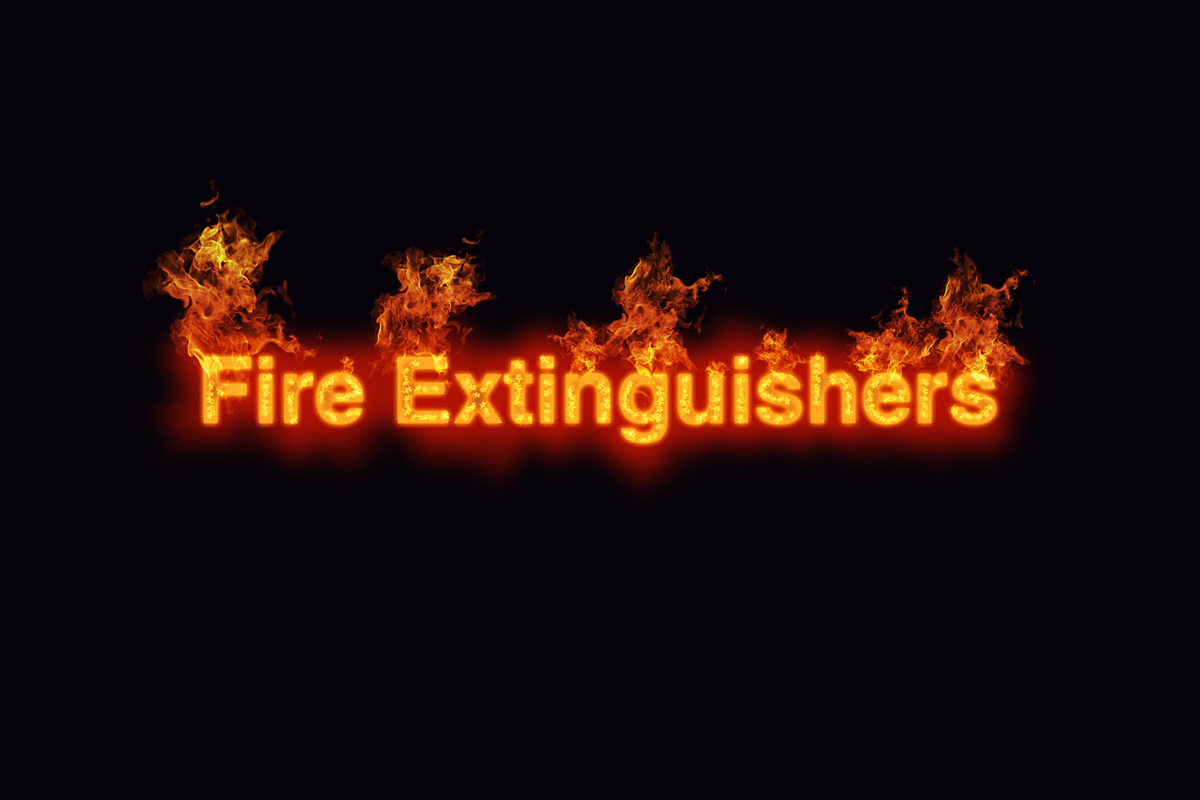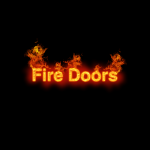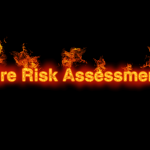Wet chemical fire extinguishers are the only choice recommended for a cooking oil fire, making them essential for safety in a professional kitchen.
Contents
- 1 Where Can Wet Chemical Fire Extinguishers Be Used?
- 2 Where Can Wet Chemical Fire Extinguishers Not Be Used?
- 3 How Do You Identify a Wet Chemical Fire Extinguisher?
- 4 What Are Wet Chemical Fire Extinguishers Also Known As?
- 5 How Do Wet Chemical Fire Extinguishers Work?
- 6 What Are the Pros and Cons?
- 7 Who Needs Wet Chemical Fire Extinguishers?
- 8 How Do You Use a Wet Chemical Fire Extinguisher?
- 9 Our Services
Where Can Wet Chemical Fire Extinguishers Be Used?
A wet chemical fire extinguisher can be used in the following scenarios:
- Class F fires; cooking fires that include the use of cooking oils, fats, lard, olive oil, and vegetable oil
- Class A fires; fires that involve flammable solids like wood, textiles, and paper
In addition, some of the chemical fire extinguishers that exist are allowed to be used in the case of a Class B fire (a fire that involves flammable liquids such as paint, diesel, and petrol). It is essential to check the label or to seek the advice of a fire safety professional in advance if you wish to have a fire extinguisher that can be used on such fire types.
Where Can Wet Chemical Fire Extinguishers Not Be Used?
 There are several instances when a wet chemical fire extinguisher should never be used, these are as follows:
There are several instances when a wet chemical fire extinguisher should never be used, these are as follows:
- Class B fires; fires that involve flammable liquids (as noted above, this is with the exception of chemical fire extinguishers that have been cleared for such instances)
- Class C fires; fires that involve flammable gases, for instance, butane and methane
- Electrical fires
How Do You Identify a Wet Chemical Fire Extinguisher?
You can easily identify a wet chemical fire extinguisher by looking out for the following:
- There will be a YELLOW-coloured label on the body of the extinguisher, which will read – WET CHEMICAL
- The hose will be longer than typical fire extinguishers and will also have a lance attachment
- You should see an ID sign nearby which will read – WET CHEMICAL EXTINGUISHER
What Are Wet Chemical Fire Extinguishers Also Known As?
A wet chemical fire extinguisher can be known as one of two other names These are as follows:
- Class F fire extinguisher
- Class ABF fire extinguisher (only certain versions can have this name applied to them)
How Do Wet Chemical Fire Extinguishers Work?
Potassium is the chemical element that is used in a wet chemical fire extinguisher. Potassium salts are created as a fine mist that is sprayed out and then causes a reaction so that a soapy layer is formed on the surface of the fire.
The mist is fine to not spread the burning oil and works to create a cooling effect and smother the fire.
What Are the Pros and Cons?
Pros
This is the sole fire extinguisher appropriate for a fire that involves cooking fat or oil.
Cons
Toxic fumes can be created when a wet chemical fire extinguisher is used. Hence the area needs to be very well ventilated after the fire has been put out.
Who Needs Wet Chemical Fire Extinguishers?
All premises that have a professional kitchen or fry foods should also have a wet chemical fire extinguisher. Such premises include the following:
- Hotel kitchens
- Restaurants
- Burger bars
- Fish and chip shops
How Do You Use a Wet Chemical Fire Extinguisher?
Safety Notes:
A wet chemical fire extinguisher needs to be used very carefully as there is a risk of splashing burning fat or burning oil into the nearby areas.
Use the following steps to use a wet chemical fire extinguisher safely:
- Remove the safety pin to break the anti-tamper seal and stand at a safe distance
- If it is safe to do so, switch the heat source off (for instance, the stove or the chip pan)
- Take the lance and hold it at arm’s length. You should have it at a considerable distance higher than the fire. The nozzle should be a minimum of 1 metre from the flames.
- Use circular motions to gently spray so that the foam will settle and form a surface on top of the fire
- Keep spraying so that you use up the full contents of the extinguisher. This will minimize the risk of the fire re-igniting
Our Services
If you need a fire extinguisher maintenance service, our accredited consultants will attend your sites at a time convenient to you. Contact us today to arrange a visit and decide on the future course of action.




